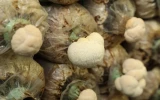How To Use Mushroom Grow Bags: 3 Beginner Mistakes
If you're just getting into growing mushrooms, using mushroom grow bags can greatly simplify the process. However, as a beginner, you might make one or more common mistakes when using these bags. In this article, we're going to discuss three beginner mistakes you might encounter when using mushroom grow bags and how to avoid them.
The most common mistakes when using mushroom grow bags are improperly sterilizing the bags and the substrate, not allowing enough airflow or moisture in the bag, which leads to mold or stunted growth, and improper handling and disposal of contaminated grow bags, which can lead to poor-quality or non-viable mushrooms.
By understanding the proper way to use grow bags, you'll increase your chances of successfully cultivating healthy and delicious mushrooms. So let's dive in and learn how to make the most out of your mushroom grow bags, ensuring that your mushroom-growing journey is as enjoyable and fruitful as possible.
Summary
- Poor airflow and moisture are common mistakes beginners make when using mushroom grow bags because mushrooms require a specific level of moisture and ventilation to grow properly.
- Proper sterilization is crucial to successful mushroom cultivation.
- It is essential to properly handle and dispose of contaminated mushroom bags to prevent the spread of harmful bacteria and spores that can damage the entire batch of mushrooms.
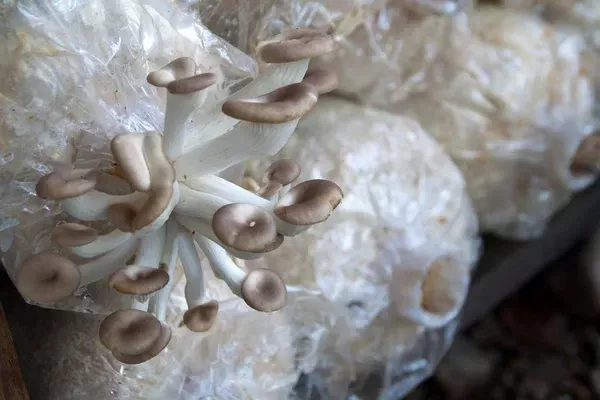
On this page:
3 Beginner Mistakes When Using Mushroom Grow Bags
When starting your journey with mushroom grow bags, it's important to avoid common mistakes that can slow down or hinder the growth of your mushrooms. Here are three beginner mistakes to watch out for and how to overcome them:
-
Inadequate Sterilization: One of the most important steps in using mushroom grow bags is sterilization. Failing to properly sterilize your substrate and grow bags can lead to contamination and poor growth. Before filling the bag with your mushroom spawn and substrate, make sure to clean the bag with an alcohol solution. In addition, ensure that the substrate is sterilized or pasteurized before adding it to the bag.
-
Incorrect Storage Conditions: After sealing the bag and inoculating it with mushroom spawn, the next step is to provide the right environment for mycelium growth. A common mistake is placing the bag in an unsuitable location. Keep your grow bags in a dark, warm area with a stable temperature and humidity. Neglecting these conditions can slow down mycelium growth and affect fruiting.
-
Poor Fruiting Initiation: When it's time for the mushrooms to fruit, you need to provide the right conditions to trigger the fruiting process. A common mistake is not switching to the correct environment, which includes exposing the bags to light and maintaining proper humidity by misting regularly. Failing to initiate fruiting properly can lead to delayed or reduced mushroom production.
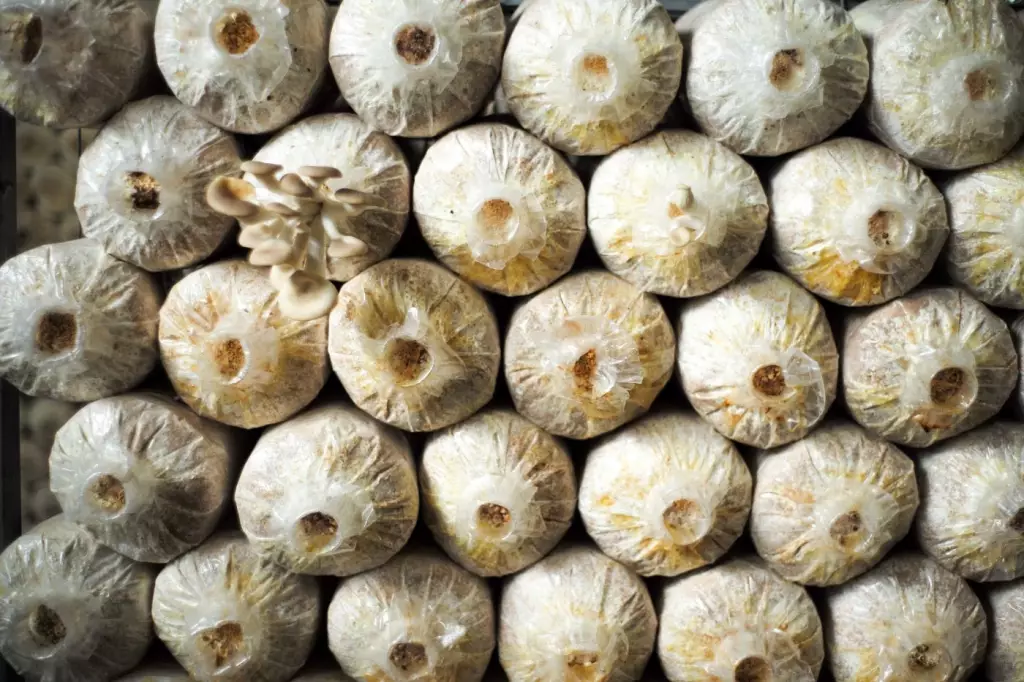
By avoiding these beginner mistakes, you're on your way to a successful mushroom cultivation experience using grow bags. Remember to sterilize your materials, provide the appropriate environment for each stage of growth, and take your time to ensure the best results.
Mistake 1: Insufficient sterilization of the substrate introduces contaminants
Sterilization is crucial, as it eliminates any unwanted microorganisms that can compete with the mushrooms for nutrients and potentially spoil your entire batch.
Neglecting proper sterilization techniques introduces contaminants to yourself and the environment. To prevent this, you can use chemical sterilization methods, such as soaking your substrate in a bleach or hydrogen peroxide solution for a period of time, then rinsing it thoroughly before inoculating it with mushroom spawn.
Before using your mushroom grow bags, ensure their sterility by thoroughly cleaning the bag with an alcohol solution. When working with your bag, always wear protective gear, such as a breathing mask and nitrile gloves.
Another effective sterilization method is steam sterilization. This method involves using a pressure cooker or autoclave to heat the substrate to a specific temperature for a set time to kill off any unwanted microorganisms. Make sure you follow the guidelines for your specific mushroom species and substrate material, as these factors can influence the required sterilization time and temperature.
When preparing your grow bags, always work in a clean and organized environment to minimize the risk of contamination. Moreover, use gloves and clean tools throughout the process. This will help to ensure that your grow bags stay free of contaminants and increase the chances of a successful harvest.
Mistake 2: Poor ventilation and humidity control of grow bags hinders growth
Mushrooms thrive in environments with fresh air and moisture, so neglecting proper ventilation and humidity control can lead to subpar growth and lower yields.
A healthy grow room environment should replace its air roughly every two and a half minutes or maintain adequate air exchange within the grow bag itself. To ensure proper ventilation, you may need to poke small holes in your grow bag for air exchange while also ensuring that they're not too large, allowing too much moisture to escape.
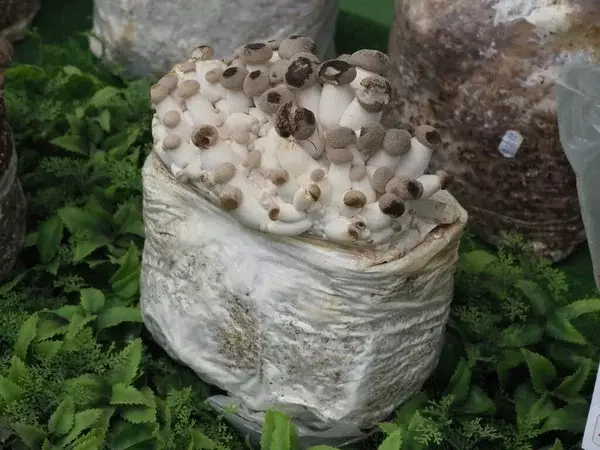
Adequate air circulation is crucial for preventing the buildup of airborne contaminants. Ensure that your grow bags have a proper filter patch, which allows for gas exchange while keeping contaminants out. Additionally, place your bags in a well-ventilated area to minimize the risk of contamination.
Humidity control is equally important for mushroom cultivation. You might have to mist the grow bag regularly to maintain a humid environment, especially if you're fruiting mushrooms directly in the bag. It's crucial to not overdo it, as too much moisture can lead to contamination and mold growth. To sum up, it's essential to:
- Maintain proper air exchange within your grow bag
- Regularly mist the bag (if needed) to manage humidity levels
- Avoid overwatering to prevent contamination
Paying attention to these details will help ensure that your mushrooms grow strong, healthy, and ready for harvest.
Mistake 3: Ignoring contamination signs in grow bags
One key aspect of using mushroom grow bags is to be vigilant about contamination, as it can lead to poor-quality or non-viable mushrooms. Neglecting the signs of contamination can cause a loss of time and resources.
Contamination may reveal itself in various ways, such as odd smells, discoloration, or the presence of unwanted organisms.
When you notice any of these signs, it's essential to take immediate action to prevent the problem from spreading to other grow bags. Separate the contaminated bag from the healthy ones, and consider starting with a new set of grow bags and spore syringes if the problem becomes unmanageable.
To avoid contamination, it's also a good idea to properly soak your grains for 12 to 24 hours at room temperature before beginning the sterilization process. Doing so allows any heat-resistant endospores to germinate and become susceptible to standard sterilization procedures.
Contamination can also come from the substrates and spawn mixed in grow bags. Be cautious with the quality of the material used for growing. Make sure that your substrates are properly pasteurized, and your spawn is sourced from a reputable supplier.
Another useful trick for preventing contamination after sterilization is to use a slip-in filter during the post-sterilization cool-down period. As the bags return to room temperature, room air will naturally be drawn into the bags, and the slip-in filter ensures the incoming air is free of contaminants.
By avoiding these common mistakes, you can create a clean and sanitized environment for your mushrooms to thrive, resulting in a successful grow-bag experience. Prevention is key to minimizing the likelihood of contamination and ensuring a healthy crop of mushrooms.
3 Tips for a Successful Mushroom Grow Bag Experience
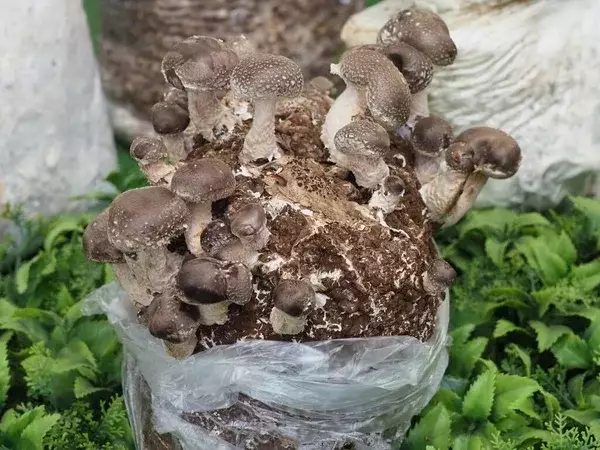
Choosing the right environment and knowing how to maintain it are crucial for a thriving mushroom grow-bag experience. Below are some tips to help you avoid common beginner mistakes and create an ideal environment for your mushroom grow-bag experience.
-
Sterilize and maintain cleanliness: Contamination is a common issue when growing mushrooms. Before inoculating your grow bag, make sure to sterilize all tools and work surfaces to prevent bacteria and mold from entering the bag. Always wear gloves and a mask when handling the bag, and keep it in a clean environment. Remember to also sterilize the needle and injection site when inoculating the mushroom spawn.
-
Monitor humidity and temperature: Optimal conditions vary between different mushroom species, but maintaining a proper balance of humidity and temperature is essential for mycelium growth and fruiting. Be aware of your chosen mushroom's requirements, and adjust conditions accordingly. Cutting the bag at different heights can help you control humidity levels.
-
Trigger fruiting and monitor growth: Once the mycelium is fully colonized, introduce changes in light, temperature, and humidity to trigger the fruiting stage. This step may differ between species, so research your type's specific needs. Cut small holes, or "x's" in the bag to allow mushrooms to fruit, and monitor their growth daily to ensure a healthy harvest.
How to Use Mushroom Grow Bags Properly
Here are some basic instructions for using mushroom grow bags properly. It is important to follow the instructions carefully to ensure that the mushrooms grow properly and are safe to consume.
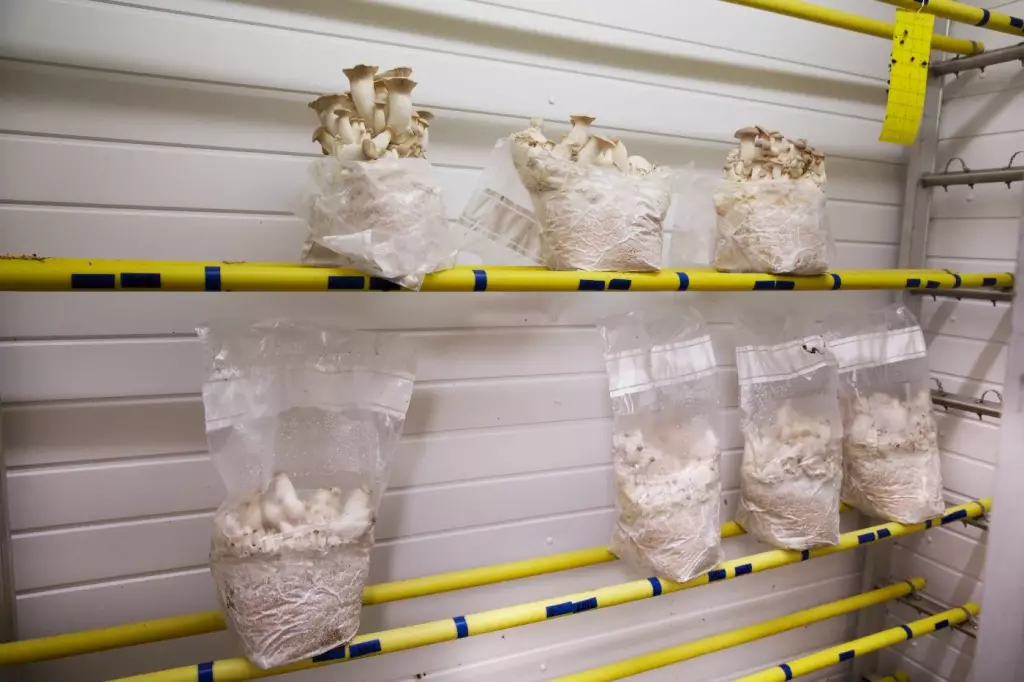
-
Choose the right type of mushroom grow bag: There are different types of mushroom grow bags available on the market. Choose the one that suits your needs and the type of mushroom you want to grow.
-
Sterilize the grow bag before using it: You can use an autoclave or a pressure cooker to sterilize the bag. This will kill any bacteria or fungi present in the bag.
-
Prepare the substrate for the mushroom: This can be done by mixing the mushroom spores with the substrate material. The substrate can be made of different materials like sawdust, straw, or compost.
-
Fill the grow bag with the prepared substrate: Make sure to leave some space at the top of the bag for the mushroom to grow.
-
Seal the bag using a heat sealer or a zip tie: This will prevent any contamination from entering the bag.
-
Incubate the bag at the right temperature and humidity level: This will allow the mushroom to grow.
-
Harvest the mushroom: Once the mushroom has grown to the desired size, harvest it by cutting it off at the base. You can then use the grow bag to grow more mushrooms.
